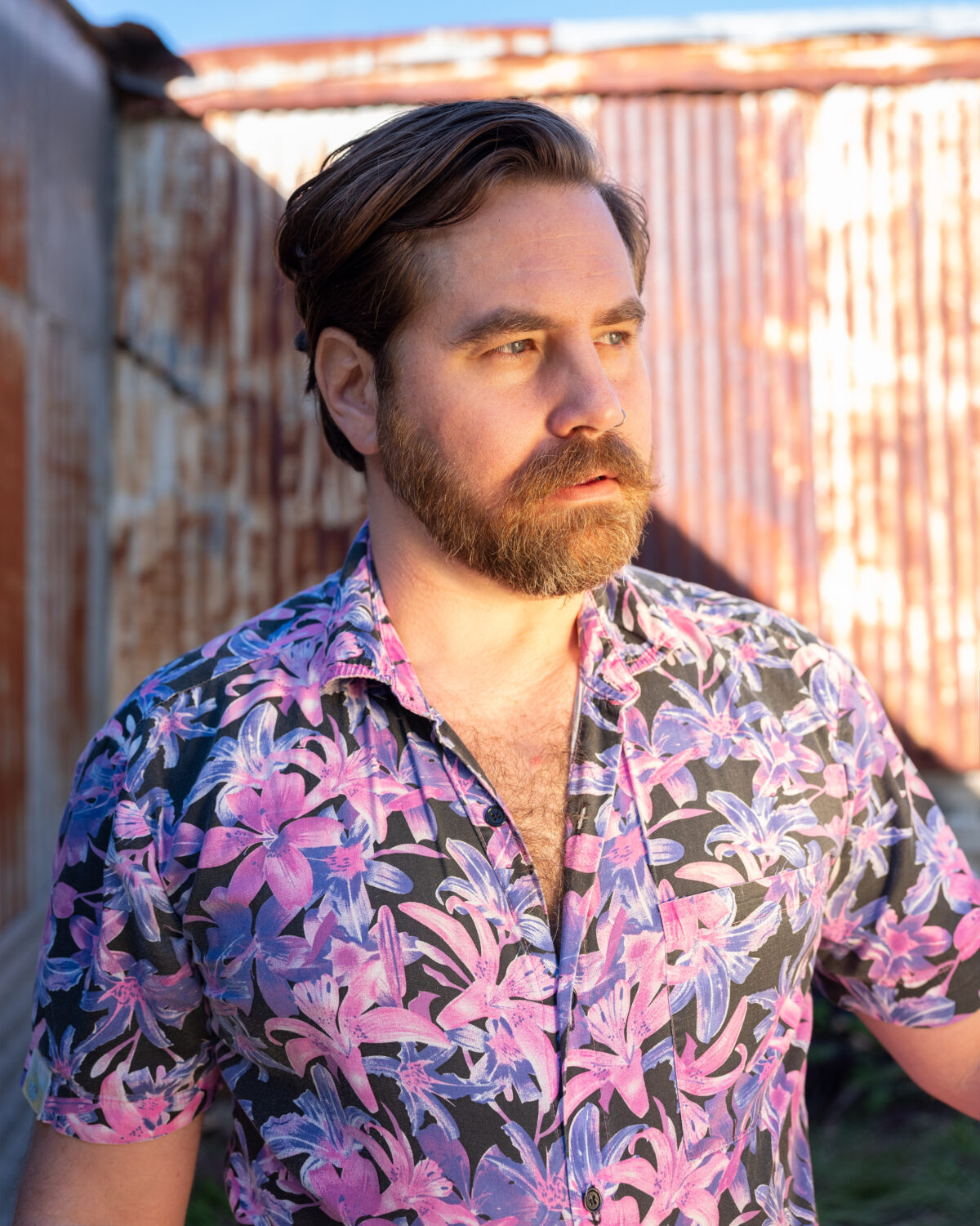
Born 1979 in Los Angeles, CA. Lives in New York, NY.
Assistant Professor in the Department of Photography and Imaging, New York University Tisch School of the Arts
(HE/HIM/HIS/THEY/THEM/THEIRS)
Sean Fader is a conceptual artist working in the media of photography, performance, social practice, and the Internet. Fader uses these avenues to explore queerness in identities, storytelling, and histories. The ideas behind the body of work, Sugar Daddy: Dear Danielle were first conceived in the piece, Sugar Daddy, for the exhibition, Sugar, curated by Denise Frazier and Renee Royale at Antenna Gallery, New Orleans in 2021-2022. The project then grew beyond the scope of this initial artwork into a much larger conceptual project looking at the history of Alma de Bretteville Spreckels who first coined the term “Sugar Daddy,” applying it to her much older husband and sugar magnate, Adolph Spreckels. Fader examines how their story interlinks with that of Danielle Steel’s while recognizing the narratives of queer spaces and identities including his own. Sean Fader’s previous bodies of work, Best Lives and Insufficient Memory, focus on the presentation of LGBTQIA in media and recorded history. Best Lives is a series of collaborative portraits addressing the messy pleasures and conflicting impulses that characterize the queer uses of digital portrait photography in social media. Insufficient Memory takes the form of a Google Map documenting every hate crime in the United States from 1999 to 2000 when the Hate Crimes Prevention Act was first being debated in Congress (yet not passed). Fader’s earlier project, Backdrop for the Rebirth of the Collective Author was a response to Richard Prince who reproduced a photograph from Instagram of Fader’s well-known performance piece #wishingpelt for his exhibition at Gagosian.
Sean Fader received an MFA from the School of the Art Institute of Chicago, an MA from the Maryland Institute College of Art in Baltimore, and a BFA from the New School in New York City. Fader lives in New York City where he is an Assistant Professor at NYU’s Tisch School of the Arts in the Department of Photography and Imaging. His work has been exhibited throughout the United States and internationally in Dubai, Canada, Mexico, and England. Recent exhibitions include: Difference Machines: Technology and Identity in Contemporary Art at the Buffalo AKG Art Museum (Buffalo, NY) traveling to the Beall Center for Art + Technology at the University of California (Irvine, CA), Sugar at Antenna Gallery (New Orleans, LA), Contemporary Performance at the Florida Museum of Photographic Arts (Tampa, FL), Thirst/Trap at Denny Dimin Gallery (New York, NY), We Are People at Galeria Labirynt (Lublin, Poland), Apparatus for a Utopian Image 2 at the Center for Contemporary Arts (Prague, CZ), Picture Yourself: Selfies, Cellphones, and the Digital Age at the College of Wooster Art Museum (Wooster OH), Drama Queer: seducing social change at the Queer Arts Festival (Vancouver, Canada).
Fader has been awarded prestigious residencies at Loghaven (Knoxville, TN), Stove Works (Chattanooga, TN), The Elizabeth Foundation for the Arts (New York, NY), Art Omi (Ghent, NY), Center for Contemporary Arts Prague (Prague, CZ), and GlogauAIR (Berlin, Germany). Fader was awarded the Catalyst Support Grant through MASS Design Public Memory and Memorial Lab in Boston, the Mellon Fellow for Community Engaged Scholarship at Tulane University, and was named a NYFA Fellow in 2013 and A Blade of Grass Fellow for 2012-2013. He received Magenta Foundation’s Flash Forward Award for Emerging Photographers in 2012. His work has been featured in Bomb Magazine, The British Journal of Photography, MOMUS, Hyperallergic, Art F City, The Huffington Post, and Slate. Sean Fader is represented by Denny Gallery (New York).
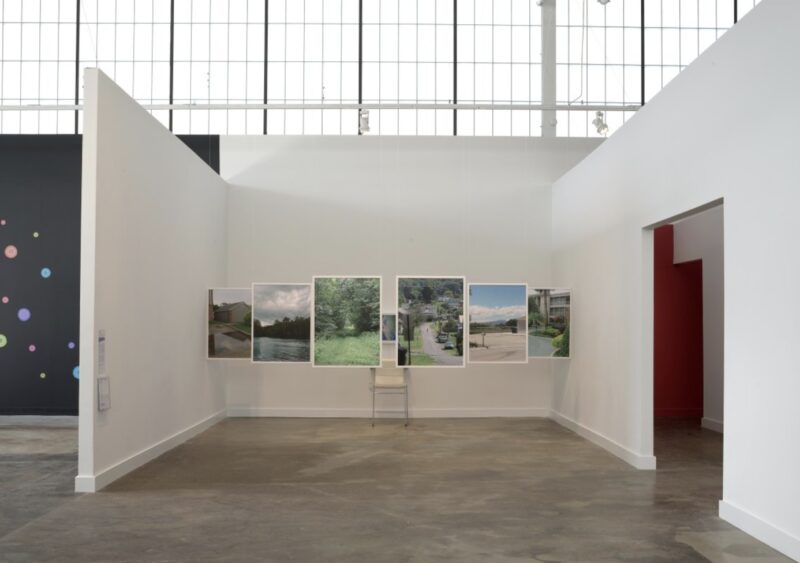
Sean Fader’s “Insufficient Memory” is acquired by the Buffalo AKG Art Museum.
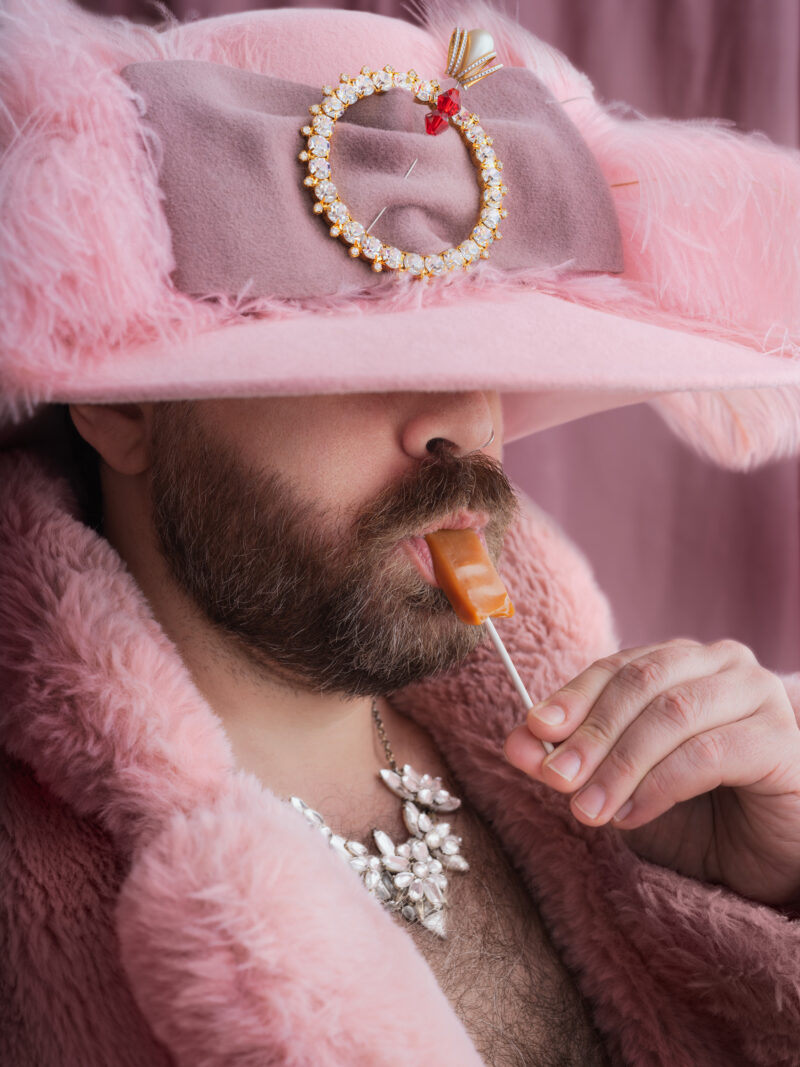
NYU Tisch Professor and Queer Artist, Sean Fader presents an audio-visual exhibition from May 19th – June 24th
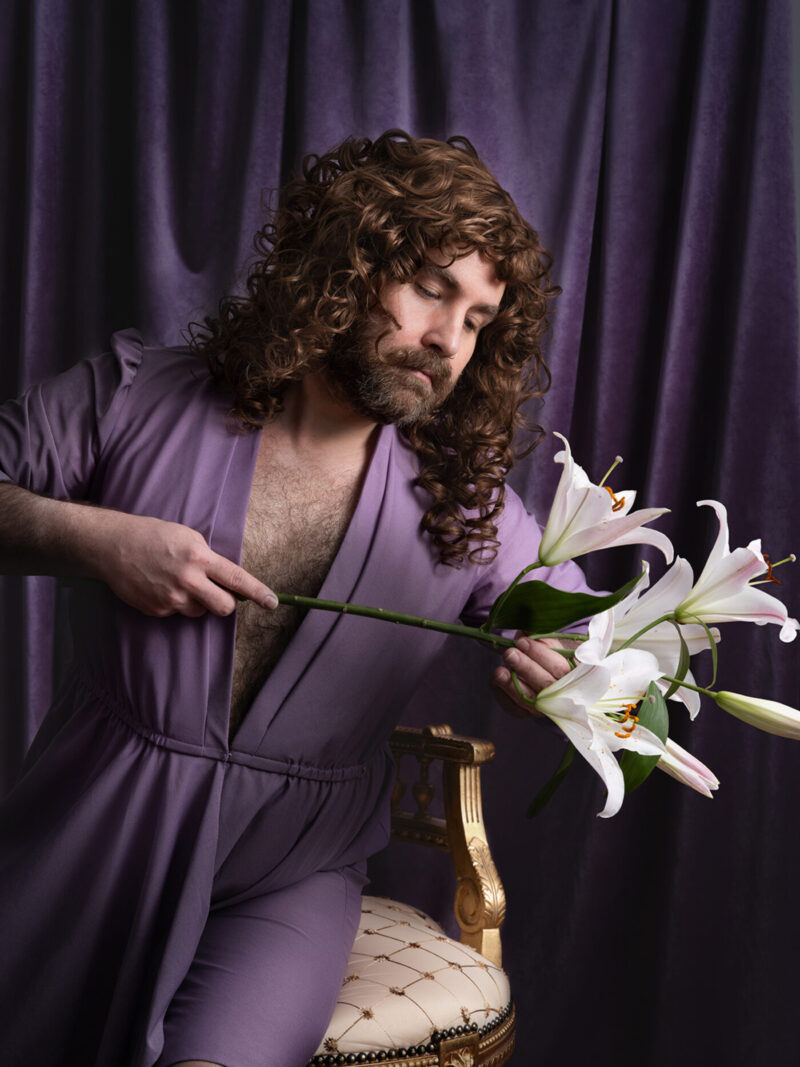
The digital image as a tool for exploring queer histories.
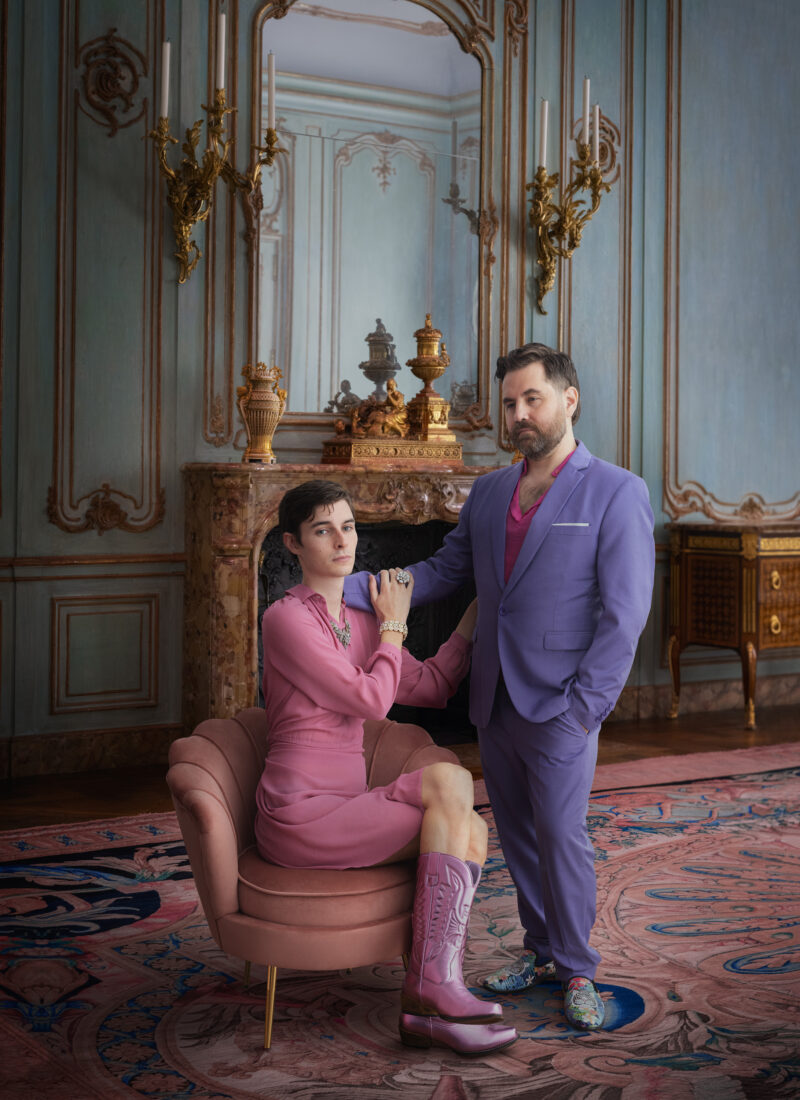
DPI Professor Sean Fader accounces a new exhibition, Sugar Daddy: Dear Danielle, which opens on Friday, May 19th at Denny Gallery in New York and runs through until June 24th.
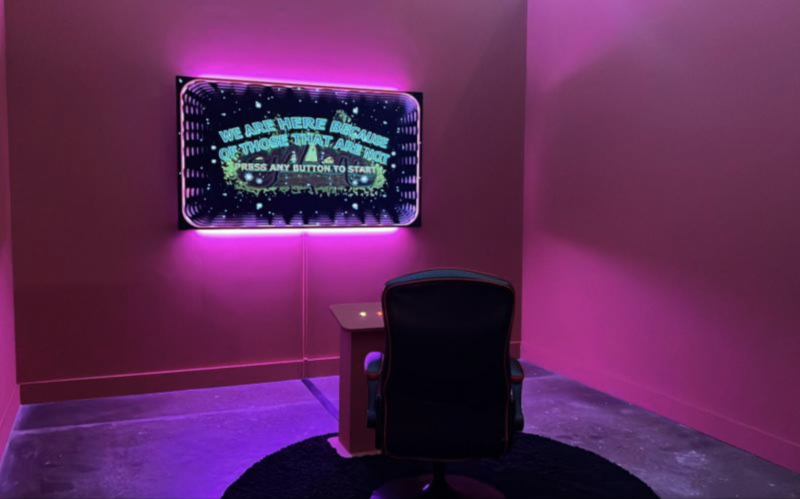
Difference Machines: Technology and Identity in Contemporary Art is co-curated by University at Buffalo Professor Paul Vanouse and Buffalo AKG Art Museum Curator Tina Rivers Ryan, who bring to the project over thirty years of experience working with media art, as well as their own personal experience of how technology can both help and harm marginalized communities.
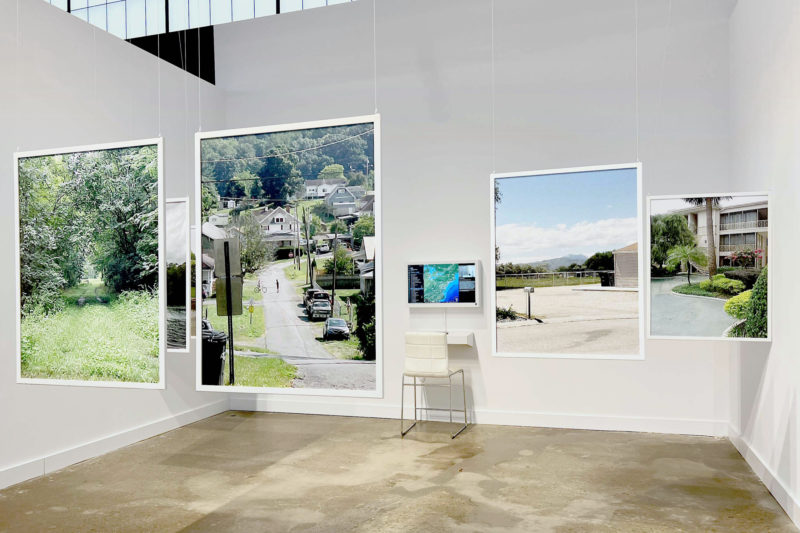
Sean Fader’s project Insufficient Memory was acquired by the Buffalo AKG Art Museum (formerly the Albright-Knox Art Gallery), Buffalo, New York following his participation in the acclaimed group exhibition Difference Machines: Technology and Identity in Contemporary Art (2021-2022).
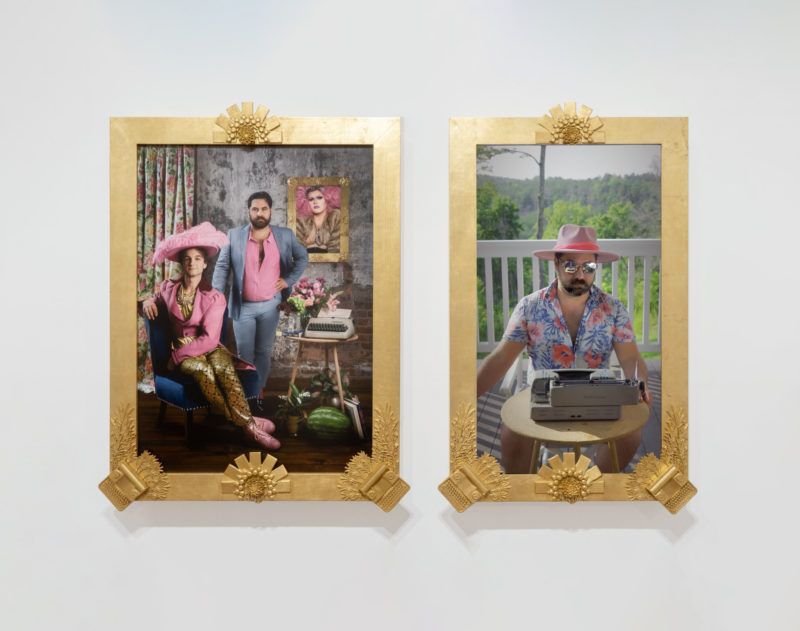
Sean Fader’s New Press
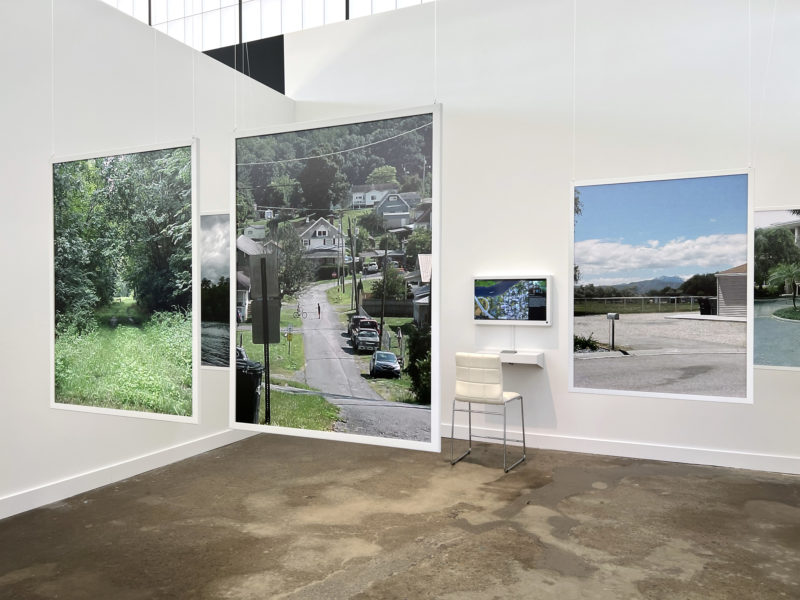
Sean Fader’s photographs for Insufficient Memory (2020) require understanding that he used a Sony Digital Mavica to memorialize the locations where LGBTQ-identifying people were murdered between 1999 and 2000 while US Congress was debating the Hate Crimes Prevention Act.

Sean Fader’s work reviewed by David J. Getsy published in ASAP Journal published by John Hopkins University Press.
Read on ASAP Journal.
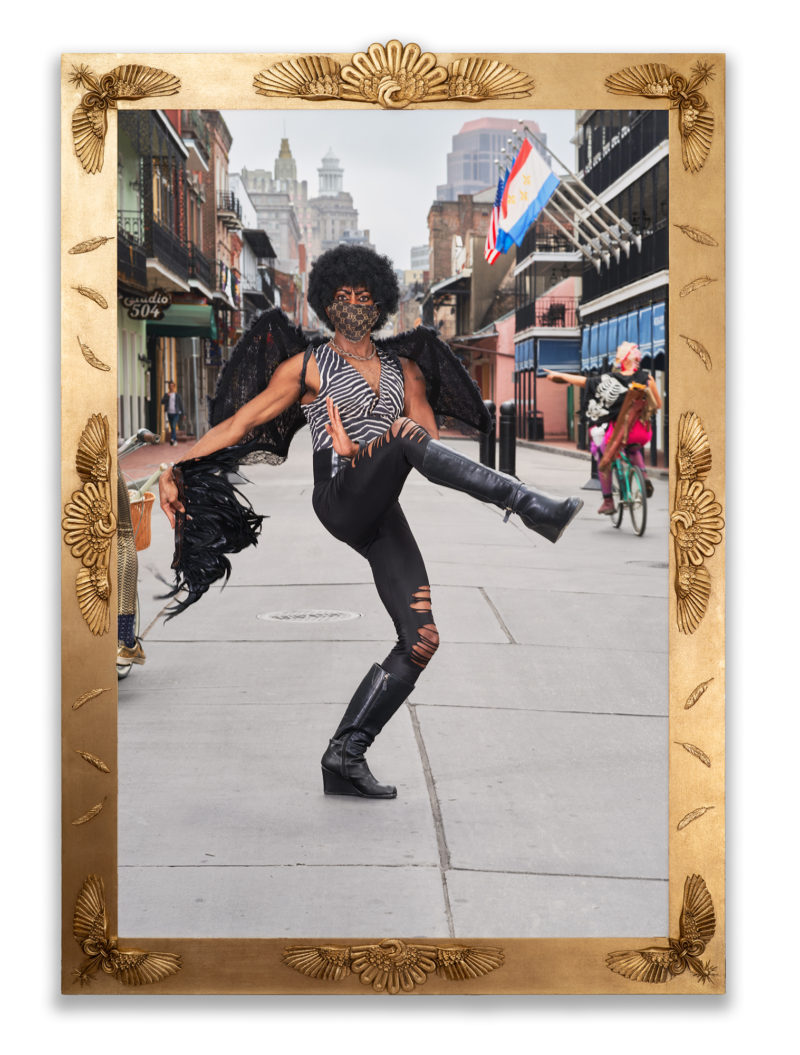
Editors’ Picks: 7 Things for Your Art Calendar This Week, From a Ruth Asawa-Inspired Workshop to an Outdoor Photo Show
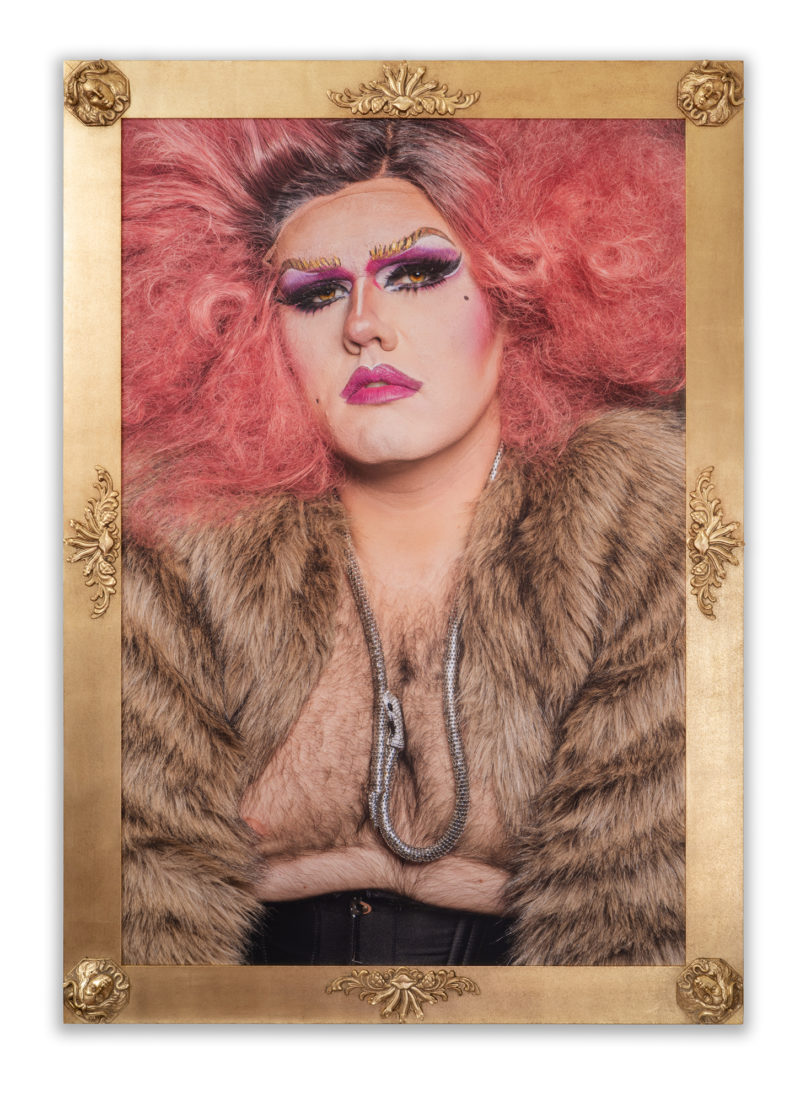
Sean Fader uses two photographic series to bookend a transformative two decades of LGBTQIA history through the lens of digital photography and its role in queer representation.
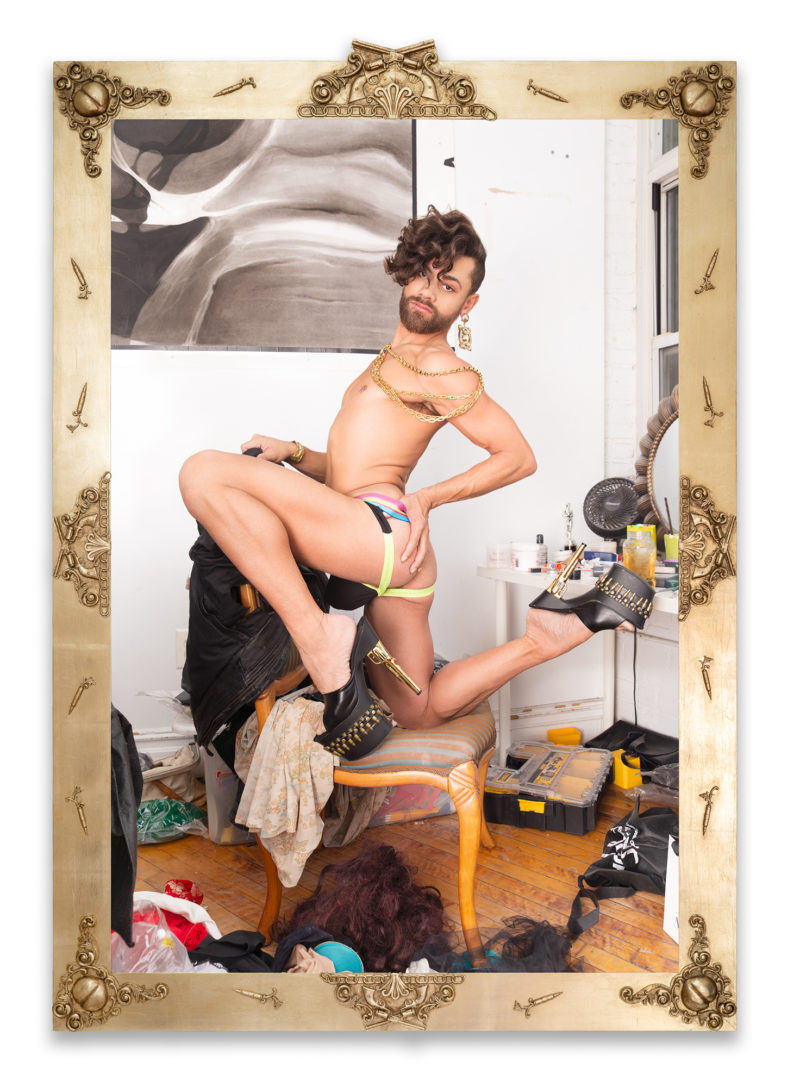
“Queer stories are not only erased by lack of media coverage. Queer erasure happens a second round in the advent of digital technology, and our expectations that all histories are digitised”
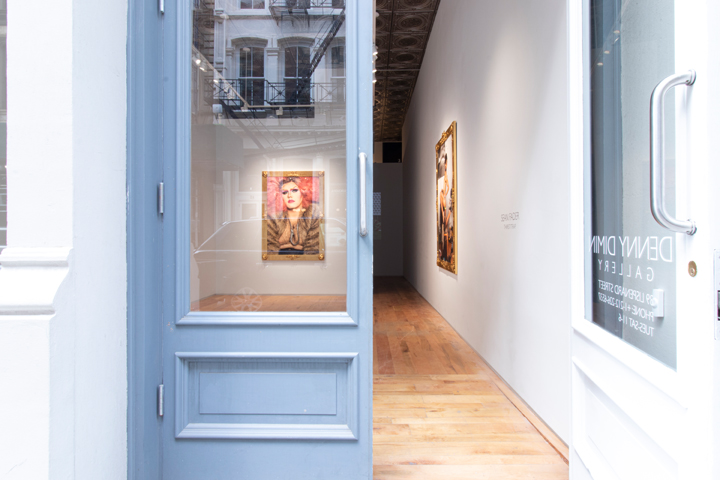
“We also had an important, timely, and gratifying exhibition ready to show,” they said of Sean Fader’s exhibition about social media’s impact on queer solidarity and undocumented hate murders of LGBTQI+ individuals across the U.S.
The artist highlights queer representation in visual art and the lost history of LGBTQ violence from the late Nineties in a dual exhibition in New York. By Kristen Tauer.
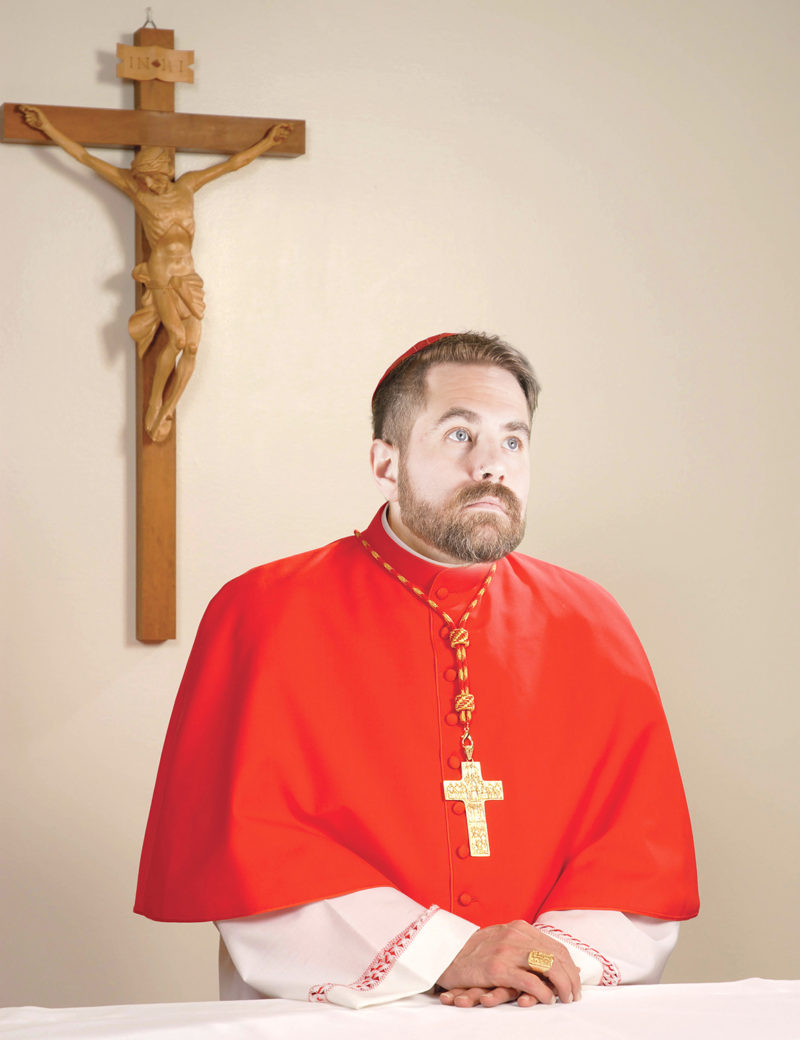
Read on Center for Contemporary Arts Prague. Apparatus 2.0: The Unreliable Library is an exhibition resulting from a collaboration between artists and organizers from Prague and New York City. Taking place in the reconstructed FCCA library, Apparatus 2.0 reflects on how we gather research and build knowledge about culture, and on the library as a space for contemplation and discovery. This exhibition expands on its predecessor, Apparatus for a Utopian Image (2016) at EFA Project Space in New York, initiated by artists Pavla Sceranková and Dušan…Read More

Lots to Explore During Annual NYC Art Fair Week By Stephanie Simon Friday, March 3, 2017 Watch on NY1. NY1 VIDEO: It’s Art Fair Week in NYC, meaning more than 75,000 art lovers, buyers, collectors and the curious will take in one or more of the 10 major art fairs. Most run now through Sunday. Most fairs have an array of admission prices starting around $15 and $25 plus multiple day options.
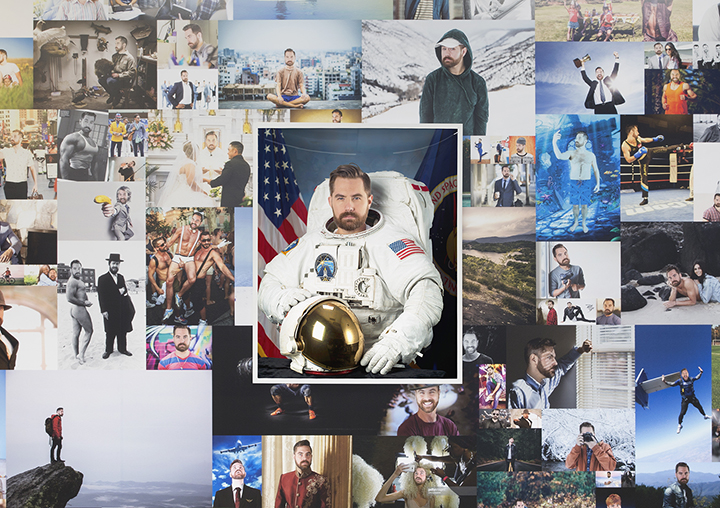
Art Uncovered with Kimberly Ruth Listen on BTRtoday. This week Art Uncovered hits the Spring Break Art Show, a curator-driven art fair that showcases over 150 curators who premiere new artworks created by over 400 artists. The selected curators were chosen based on their proposals that deal with the theme of “Black Mirror,” which is not a reference to the popular Netflix series, but, rather, a concept that includes ideas such as self-reflexivity, especially in the digital age.
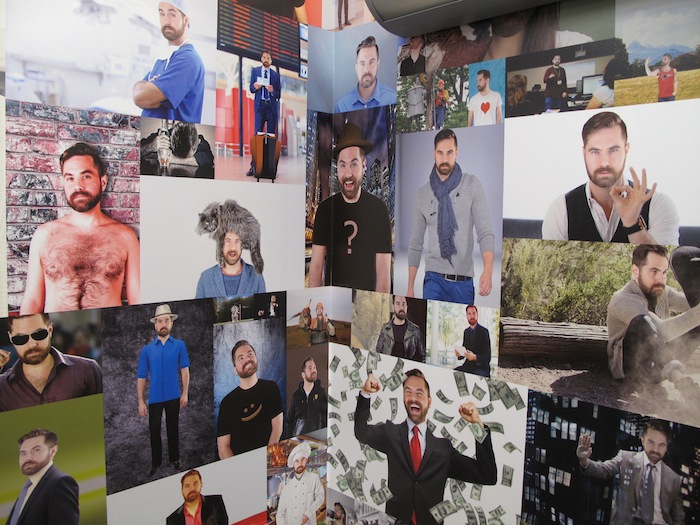
Occupying Offices: Independent vs. Spring/Break By PAUL LASTER, Mar. 2017 Read on Whitehot Magazine. Armory Arts Week brings the touring art circus to town—without the live animals. The Armory Show, which focuses on contemporary art, looks better than ever under the leadership of new director Benjamin Genocchio this year; it’s sister fair VOLTA, which is celebrating its 10th anniversary, shines a spotlight on new art; the ADAA Art Show offers a smart, blue-chip selection of galleries, which mix classic modernism…Read More
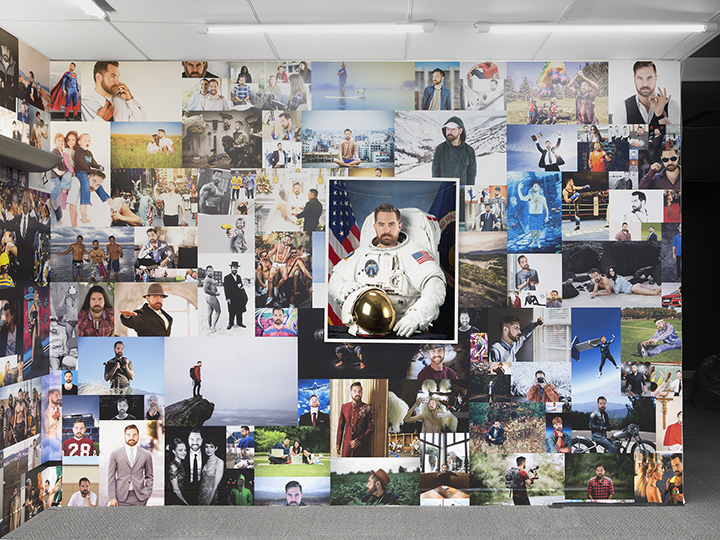
FACING THE BLACK MIRROR: SEAN FADER’S AWESOME YEAR BY ANDREA ALESSI Read on ArtSlant. Oscar Wilde famously suggested great art “reveal beauty and hide the artist.” For the 2017 BLACK MIRROR exhibition at SPRING/ BREAK, more than 100 curators will feature artworks that explore the dance of identity the artist undergoes—between showing what’s unseen and hiding in plain sight—especially in the face of modern technology, political unrest, and glimmers from ghosts of Art History’s past. ArtSlant will be exhibiting the…Read More

The SPRING/BREAK Art Show Curator List Is Finally Here There’s a lot to look forward to next week. Sarah Cascone, February 24, 2017 Read on Artnet. New York’s SPRING/BREAK Art Show has finally revealed the list of its 2017 curators responding to the theme “BLACK MIRROR,” based on the idea of identity and what artists chose to reveal to the world of their personal selves. It’s an organizing principle that is drawn from the Claude glass, or black mirror, used…Read More

Read on Plastiglass Journal. “There’s a whole lot of authorship going on” Sean Fader X Richard Prince By Annie Shepard, December 31, 2014 Picasso famously said “Good artists copy, great artists steal.” But in the age of the re-tweet and the re-gram, is sharing the same as stealing? How has social media changed our sense of authorship? Sean Fader and Richard Prince’s tiff over an Instagram photo illuminates new ways of thinking about these issues. #Wishingpelt It all began…Read More
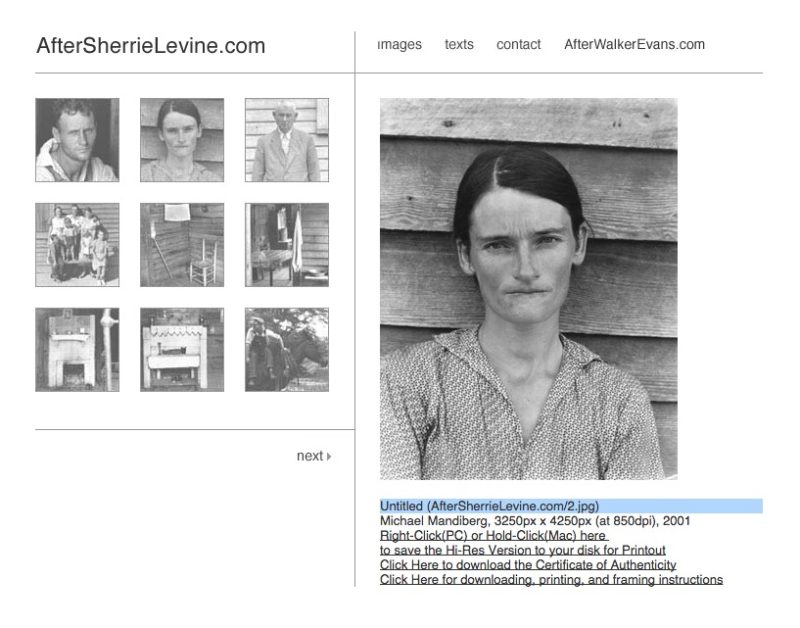
The Denny Gallery may have given themselves a curatorial headache with the title of their current exhibition, “Share This! Appropriation After Cynicism.” There are more tricky connections and presumptions in that moniker alone than in the web mantras and second-person addresses that typically sign most contemporary shows.

Read on Slate. “Fantasy Versus Reality in the Online Dating World” by David Rosenberg Signing up on 16 online dating sites and going out on 100 dates in a year might not be something you’d talk to your mother about, but it does provide fodder for an interesting photography project. Sean Fader did exactly that beginning in January 2010 and suddenly found himself enmeshed in a project in which he felt like an “emotional train wreck.” Fader didn’t start out that way….Read More
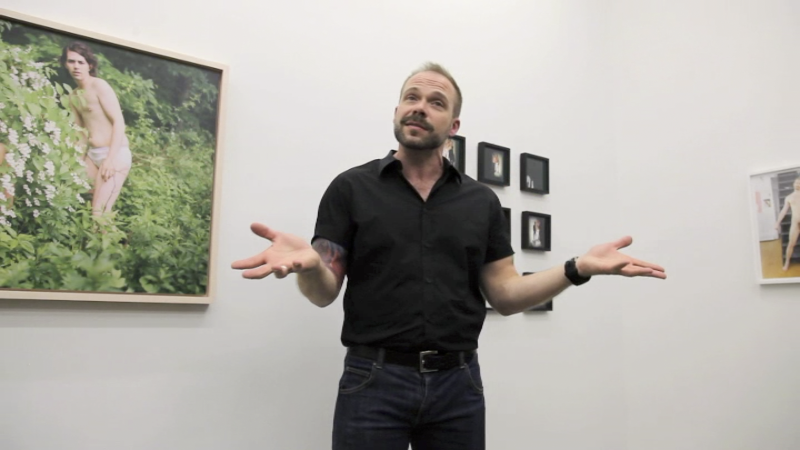
View the video on Vimeo “New conditions create new possibilities and demands for new versions of ourselves…. It’s about transformation. It’s using the excuse of art to transform life, which is this wonderful perversion of the way we normally think about it.” – David Getsy, 6.28.13 at Denny Gallery David Getsy writes on modern and contemporary art and performance. His research focuses on the use of sexualities and genders as resources for artistic practice. His books include Scott Burton: Collected Writings…Read More

Read it on the Huffington Post. “Sean Fader Explores The Art Of Online Dating In ‘Sup?’” By Priscilla Frank. Posted 7/15/13. If you’ve ever taken your love life to the digital sphere, you’re familiar with the stressful, agonizing and self-esteem destroying task that is creating your dating profile. From choosing accurate yet complimentary photos to summing up your charm, wit and brains in a succinct bio, the challenge at hand is an arduous one. In an exhibition entitled “Sup?”, Sean…Read More
Recorded on the occasion of “Difference Machines: Technology and Identity in Contemporary Art” on view at the Albright-Knox Art Gallery from October 16, 2021 – Sunday, January 16, 2022.
Visit exhibition website.
Sean Fader discussing his project 365 Profile Pics which was exhibited by Denny Dimin Gallery at SPRING/BREAK Art Show in 2017.
Over 365 days I posted a new profile picture each day on Facebook, Instagram, and Twitter, and invited reactions from my community of friends and followers. These profile pictures were created in Photoshop by retouchers from around the world. I hired these professionals via such Websites as Craigslist, Fiverr, and Freelancer, and asked them to digitally create these images for me. I provided each of them with 400 green-screened selfies and directed them to create new profile pics for me that “make me look amazing and my life look awesome.” The retouchers then Photoshopped images of me with images they found on the Internet to digitally construct my profile pics. The altered images have no correlation with my own identity but instead reflect each retoucher’s idea of what I might aspire to be.
— Sean Fader